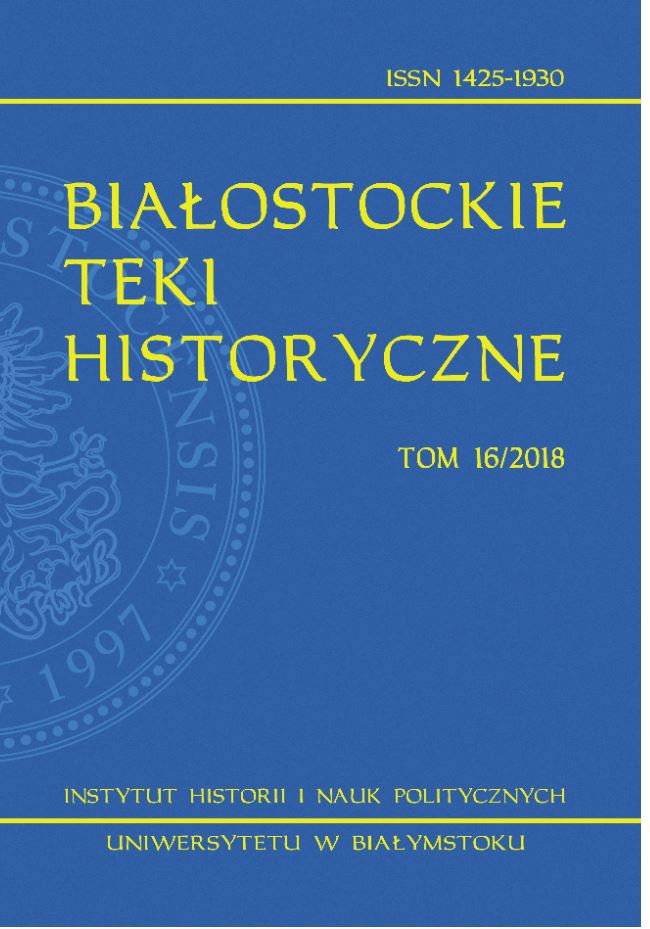Imigracja na Hawaje z Japonii w latach 1885–1900
Immigration to Hawaii from Japan in 1885–1900
Author(s): Mariusz PuchaczSubject(s): History, Local History / Microhistory
Published by: Wydawnictwo Uniwersytetu w Białymstoku
Keywords: Hawaii; Japan; United States; immigration; expansion
Summary/Abstract: In the first half of the 19th century the Kingdom of Hawaii was declared to be a part of the American sphere of influence. Americans and Europeans had a great influence on the country’s internal and foreign policy. They built their position on agriculture, in particular on the cultivation of sugar cane. Due to the lack of local manpower, they brought to Hawaii Asians – the Chinese, and then the Japanese. The Japanese government agreed to emigration of its laborers because of various reasons, including economic problems affecting rural areas. The conditions of their work and life were strictly regulated by the immigration convention concluded in 1886. In the years 1885–1894, 29,000 people came to work on plantations under the contract system. The proclamation of the Republic of Hawaii in 1894, which replaced the overthrown monarchy, coincided with the withdrawal of the government of this state from recruitment and importing workers from Japan. The resulting gap was filled in by Japanese emigre companies that brought not only contract workers but also non-contractual immigrants to Hawaii. The Government of the Republic of Hawaii considered the increased and uncontrolled inflow of the Japanese to be a threat. For this reason, it decided to limit this immigration. The refusal to let hundreds of Japanese enter Hawaii led to an immigration dispute between Tokyo and Honolulu. It contributed to the decision of the United States to annex Hawaii in 1897. Such a step evoked protests from Japan, yet, they were withdrawn at the end of the year, due to the growing competition of the powers in the Far East. The immigration dispute between Hawaii and Japan was finally resolved under the pressure from Washington in 1898, after the republic’s government paid out $75,000 compensation.
Journal: Białostockie Teki Historyczne
- Issue Year: 2018
- Issue No: 16
- Page Range: 105-128
- Page Count: 24
- Language: Polish

